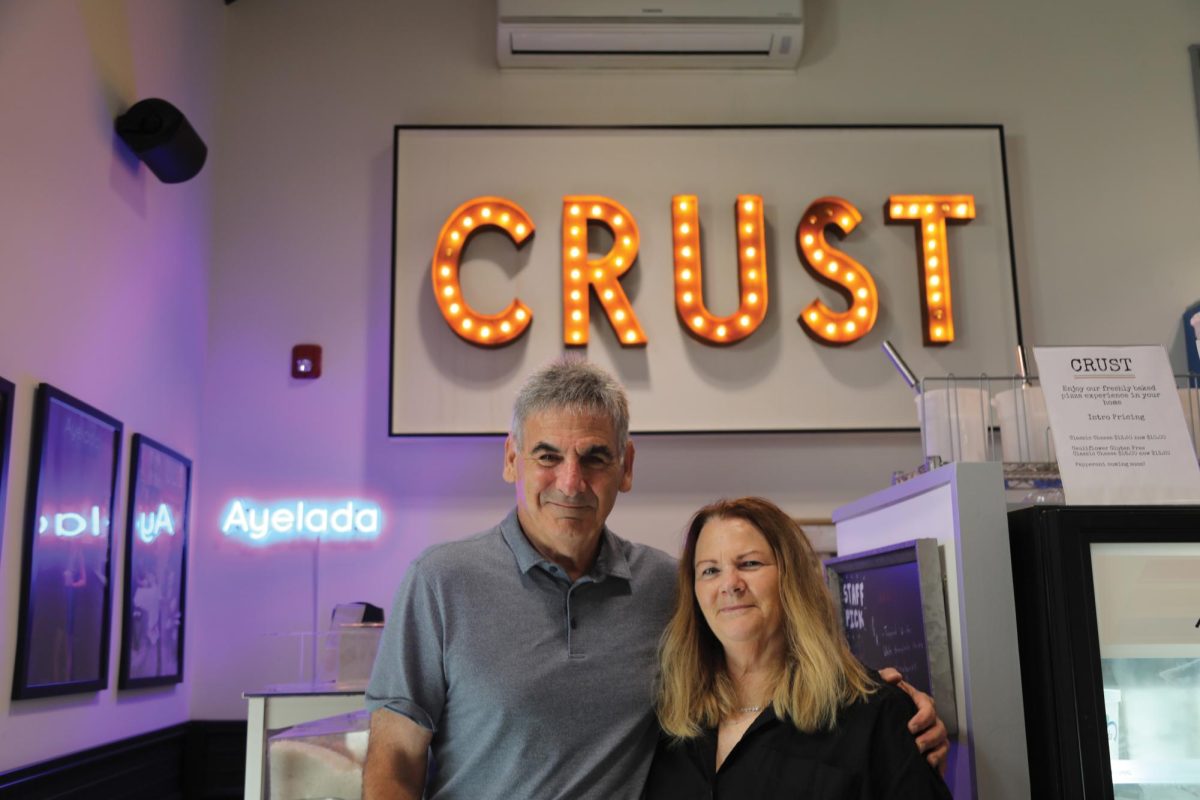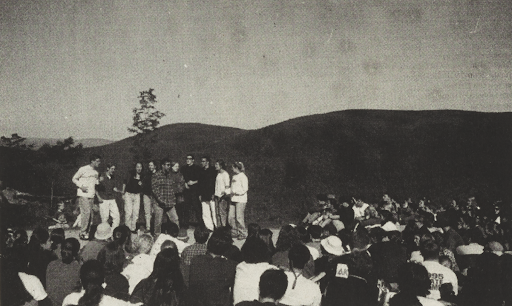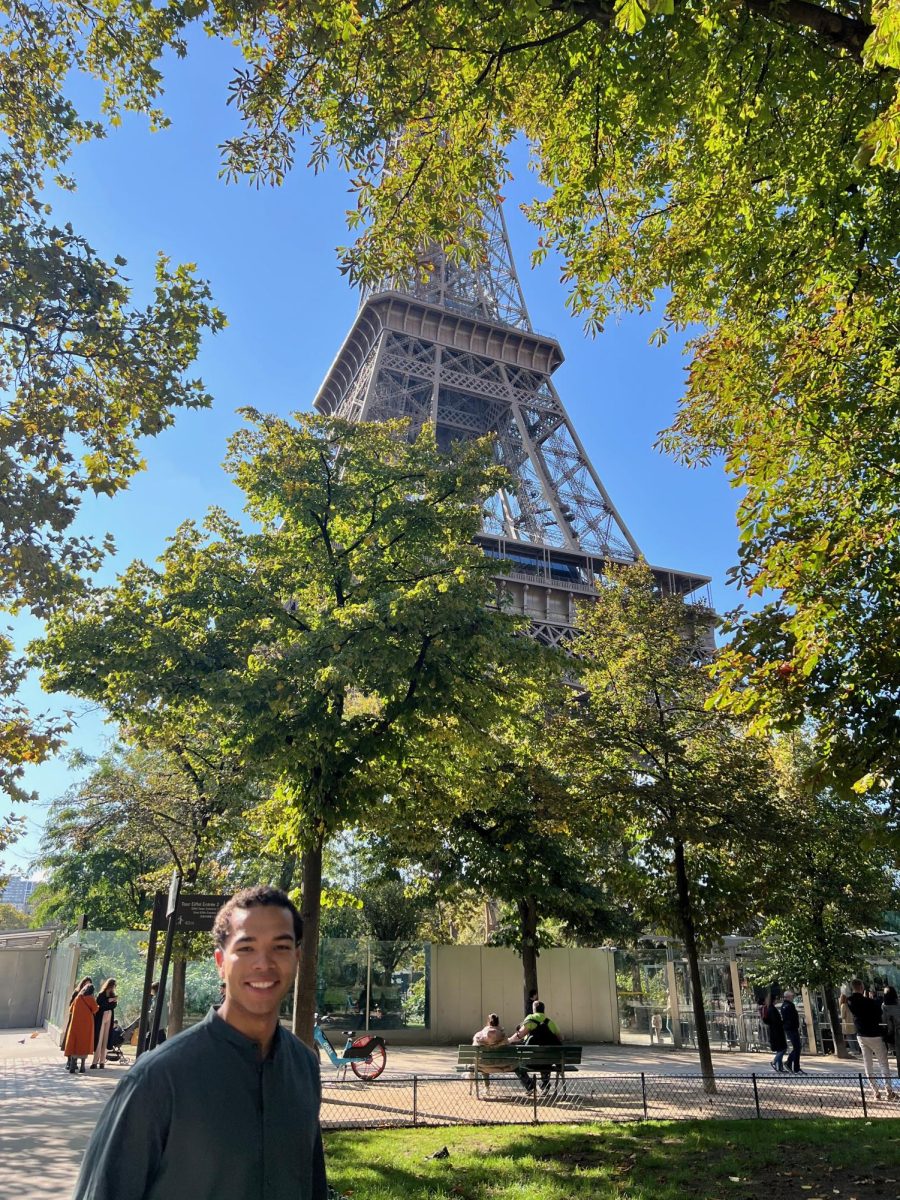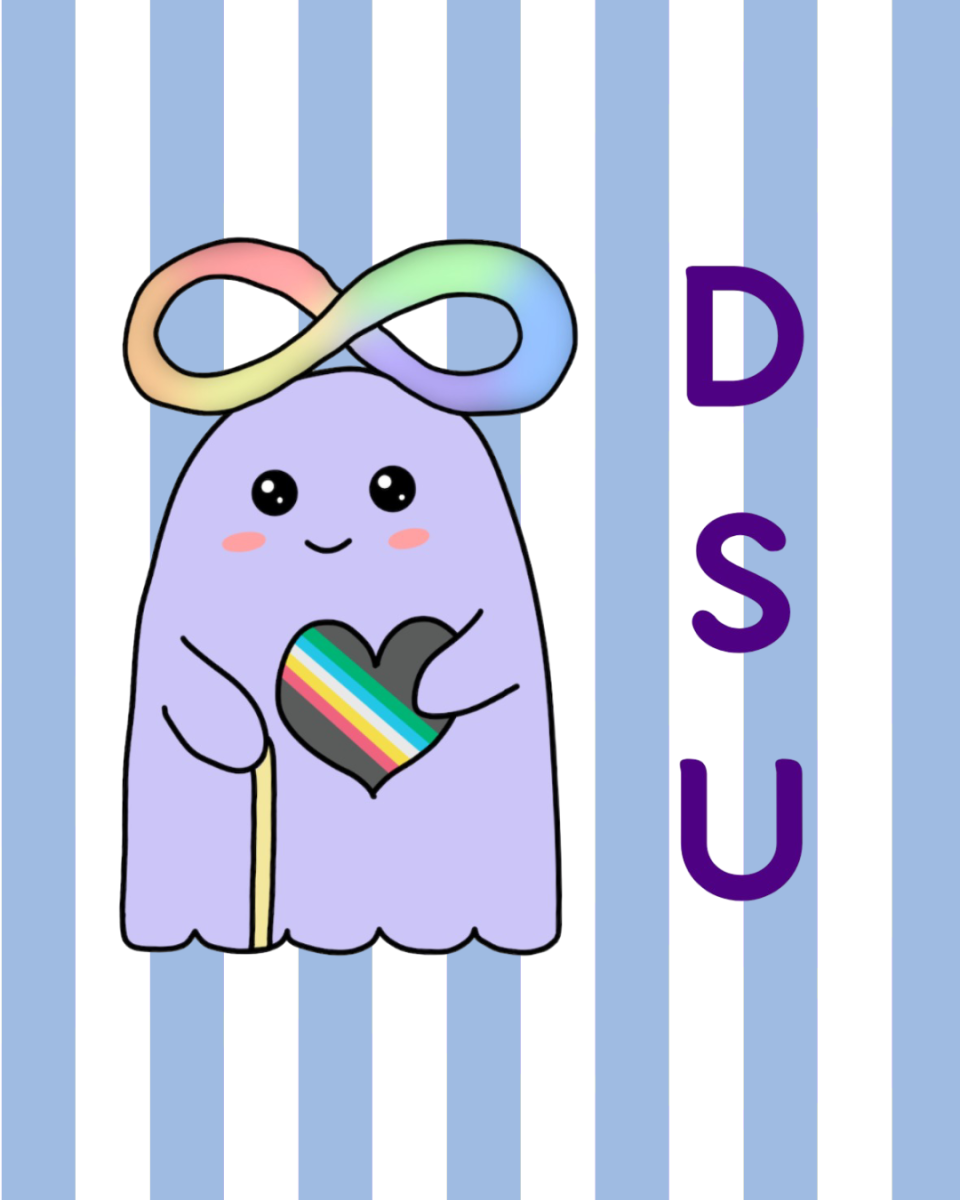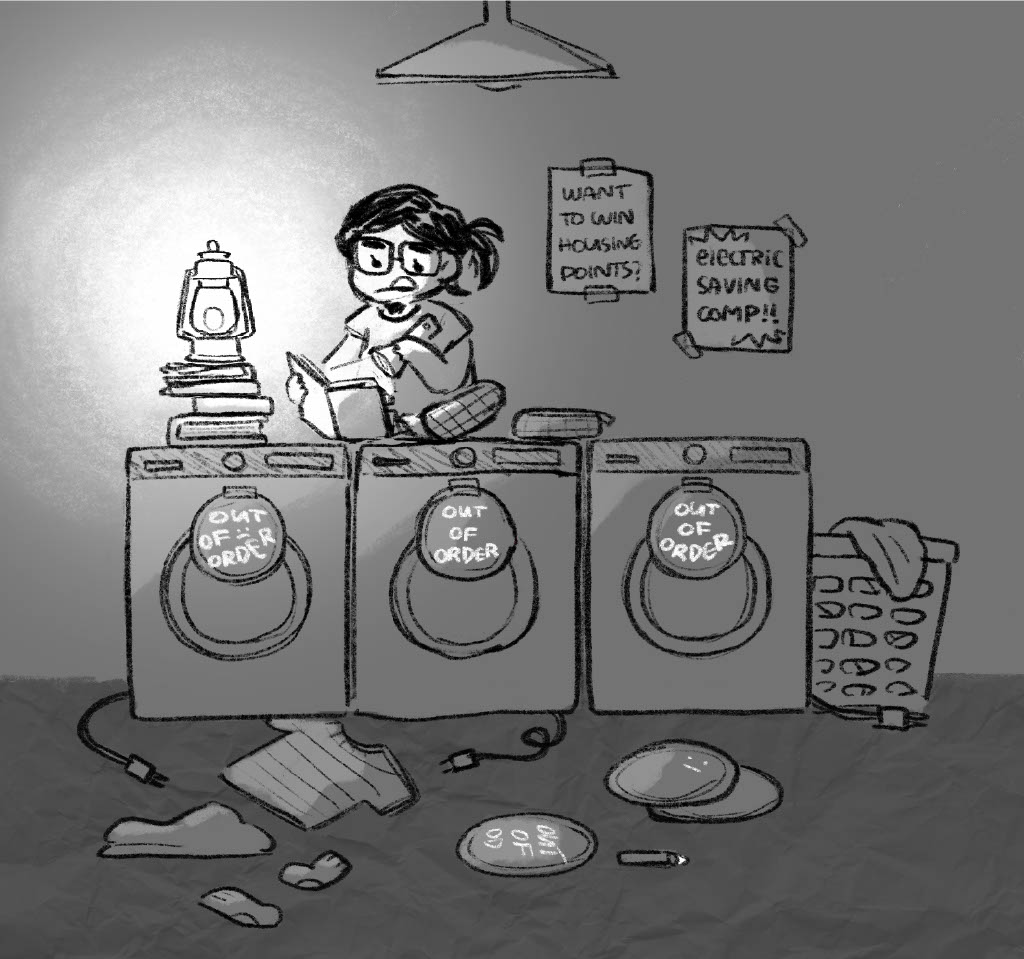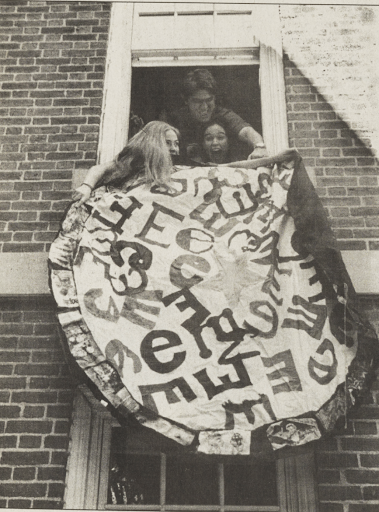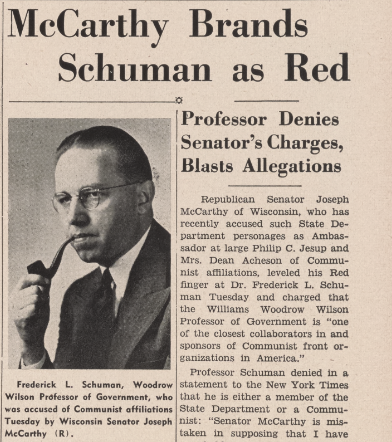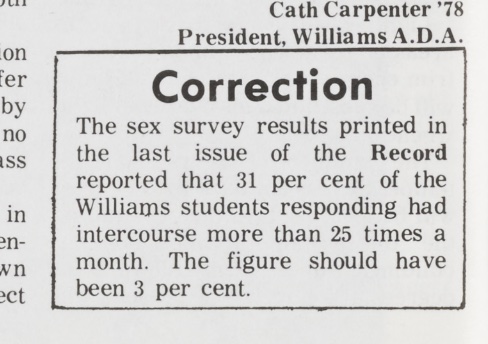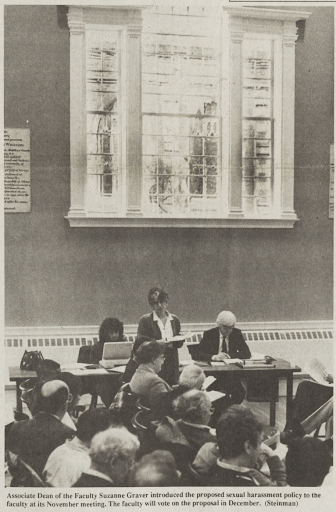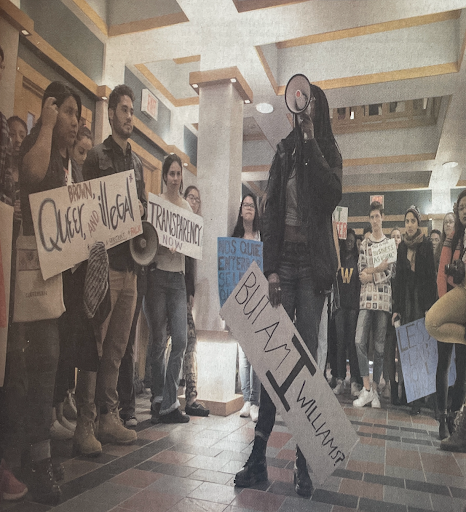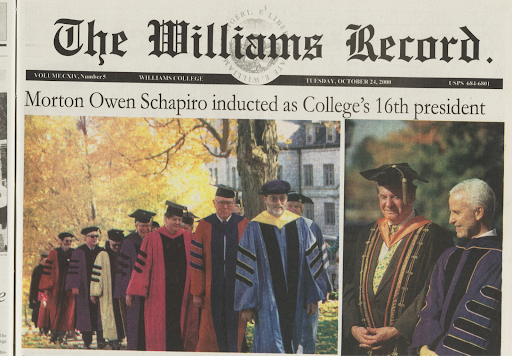
“This Week in Williams History” is a column that looks back at memorable moments in the College’s past through articles in the Record. This week in history, the Record covered the College’s absence from a national anti-war strike, its exchange program with women’s colleges, the Record’s 100-year anniversary, and the beginnings of Factrak.
April 21, 1936: Williams stands “aloof” as 350,000 students join national anti-war strike
As thousands of students across the country walked out of class to protest “war, fascism, compulsory R.O.T.C. training, and American military preparedness,” those at the College stayed silent.
While Middlebury, Vassar, Princeton, and Dartmouth planned rallies and speeches for the April 22 national “anti-war strike,” the Record reported that students at the College declined to participate in the display of student activism. The strike, backed by the American Student Union and the Peace Council, was expected to mobilize over 350,000 students from 500 colleges and 500 high schools across the country.
Students at Wesleyan, Amherst, Smith, and Mount Holyoke planned “extensive walk-outs,” the Record reported, while Princeton organized a major event headlined by political writer Dorothy Thompson. “Vassar, Springfield, Dartmouth, and Middlebury are among the other near-by colleges who plan to take a firm stand against the war,” the Record wrote.
As students from coast to coast — and even across the Atlantic in France, Belgium, and Spain — rallied, the College “stood aloof.” According to the Record, 16 college presidents publicly endorsed the strike — but none, it seems, were from the Purple Valley.
The most notable Record news that week? A Vassar Glee Club concert in Chapin Hall.
April 22, 1969: The College accepts 60 women exchange students
Three years before the College became coeducational, the ten-college exchange program brought students from womens’ colleges to Williams. Sixty students from Vassar, Smith, Mount Holyoke, Wheaton, and Connecticut College packed their bags to move to campus in the fall semester of 1969, with another 60 planning to arrive in the spring. Twenty-four stayed for the whole year at the all-men campus, according to the Record.
But women weren’t the only ones swapping campuses. Thirty-three “Ephmen” ventured into the world of women’s colleges, heading to the same schools that sent their students to the College. Vassar hosted 12 students from Williams, the most of their exchange partners.
Still, there was a catch. The Record reported, “Williams does not give degrees to women at this time, so permanent transfers will not be allowed.”
Cue dramatic sigh. It would be another two years before women could officially call themselves Ephs — and have a degree to prove it.
April 23, 2002: Factrak is born
Before RateMyProfessors.com took the internet by storm, a group of students at the College had an idea: What if you could read honest, anonymous reviews of your professors written by fellow Ephs?
That idea became “Factrak,” an online platform that launched in April 2004. Housed on Williams Students Online (WSO), the forum was open for all students to leave reviews of professors, according to the Record. Its creators — Samir Thaker ’04, Spencer Wong ’04, and Jon Lovett ’04 — wanted to provide a resource for students to share and read real feedback, free of filters and institutional control, when selecting courses.
“We wanted to have as little influence over what people said as we could,” Thaker told the Record.
Faculty, however, were cautious of the new site. Associate Dean of the Faculty Tom Winter called the platform a “crazy” idea that had “the potential to balloon into something that could misrepresent its intentions.” His concerns were centered around the idea that opinions would be taken out of context, and that students might unfairly rate classes they simply didn’t like.
Factrak launched without the administration’s permission and featured a simple prompt: “Comment on the professor and the class.” Thus, the site was born, providing brutally honest advice and reviews for generations of Ephs to come.
Nineteen years later, one thing remains clear: If you want to hear what students really think, check WSO.




